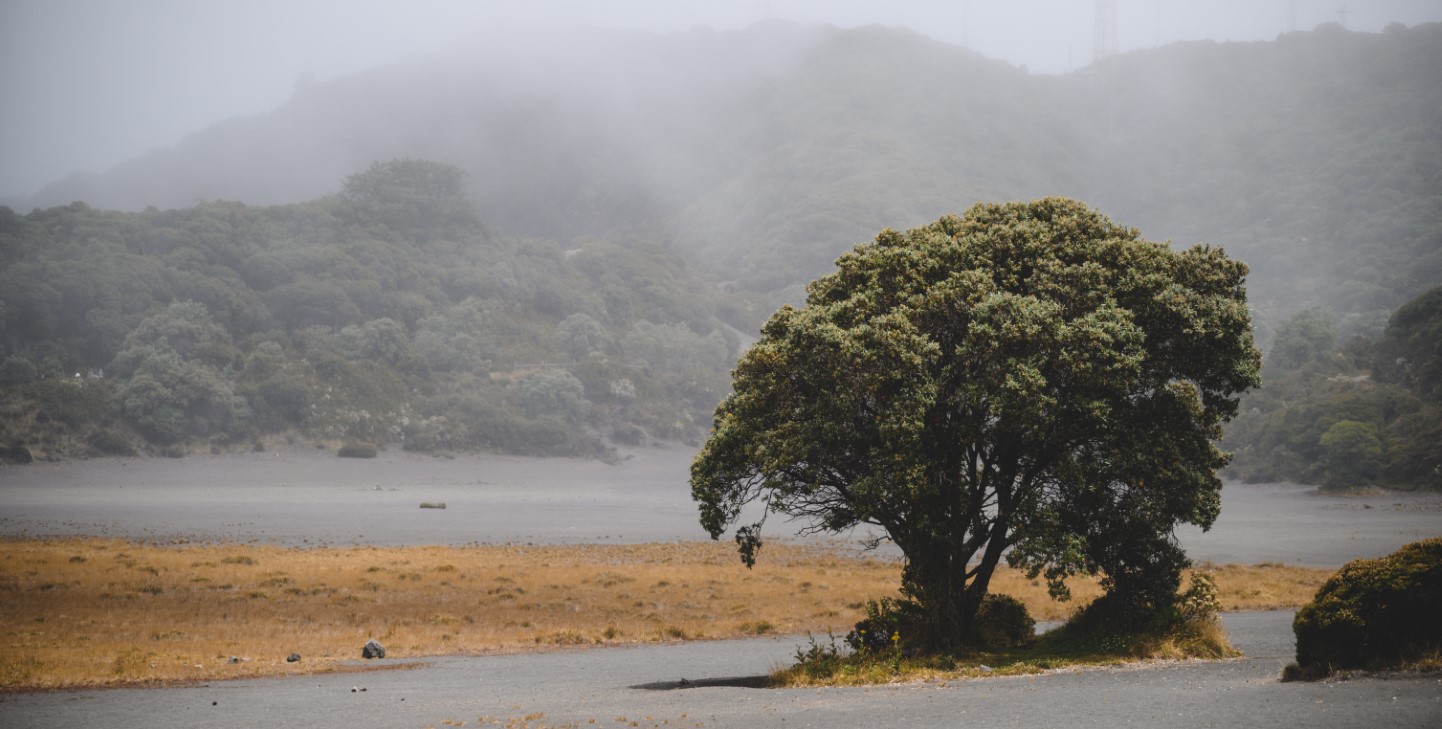Discover Raja Ampat, Indonesia's diving paradise in the Coral Triangle. Explore rich marine life, pristine waters and unique dive sites like Misool and Cape Kri.
GVI
Posted: July 10, 2024

Petrina Darrah
Posted: March 23, 2023
Costa Rica is a land of stunning natural beauty, with lush rainforests, sparkling beaches, and towering mountains. But perhaps its most striking feature is its collection of active and dormant volcanoes. These geological wonders have shaped the landscape of the country, creating hot springs, craters, and lava fields that draw tourists from around the world. In this article, we’ll explore Costa Rica’s volcanoes, their history, and the best ways to experience them for yourself.
Costa Rica is part of the Pacific Ring of Fire, a region known for its high levels of volcanic and seismic activity. There are over 200 volcanic formations in the country, with a mix of active, dormant, and extinct volcanoes. Some of the most famous active volcanoes include Arenal, Poas, and Turrialba, while the country’s tallest volcano, Irazu, is currently dormant.
Volcanic activity in Costa Rica is unpredictable and can be dangerous, so it’s important to stay informed about conditions and follow the advice of local experts. However, the benefits of living near volcanoes are also evident in the country’s use of geothermal energy. Costa Rica is a leader in environmental conservation and renewable energy, with a significant portion of its electricity generated by the heat from volcanic springs and vents.
Costa Rica’s volcanoes can be dangerous, but the risk can be managed with proper precautions and awareness. It’s important to stay informed about current conditions and heed the advice of local experts and park officials. Some volcanoes, such as Poas, have occasional closures due to dangerous conditions like high levels of gas or eruptions. Visitors should also be aware of the potential health effects of volcanic activity, such as respiratory issues or skin irritation. However, with the right preparation and respect for the environment, visitors can safely enjoy the incredible natural beauty and geological wonders of Costa Rica’s volcanoes.
One of the most popular volcanoes to visit in Costa Rica is Arenal, located in the northwestern part of the country. Arenal is an active volcano that erupted frequently in the late 20th century, but has been relatively quiet since 2010. Despite its recent lull in activity, Arenal remains an impressive sight, with a perfect cone shape and a height of over 5,000 feet.
The area around Arenal is a hub for tourism, with numerous hotels, restaurants, and activities catering to visitors. Some popular things to do include hiking in the Arenal Volcano National Park, relaxing in hot springs fed by the volcano’s geothermal activity, and taking a canopy tour through the rainforest. The town of La Fortuna is the main base for visitors to Arenal, offering a range of accommodations from luxury resorts to backpacker hostels.
Another must-visit volcano in Costa Rica is Poas, located in the central part of the country. Poas is unique in that it has an acidic crater lake, which changes colour depending on the level of volcanic activity. The area around Poas is also home to a cloud forest, which provides habitat for a variety of plant and animal species.
Visitors to Poas can explore the Poas Volcano National Park, which offers hiking trails with stunning views of the crater and the surrounding landscape. There is also a visitor centre with exhibits on the history and geology of the volcano. It’s important to note that Poas can be unpredictable and is occasionally closed to visitors due to dangerous conditions. It’s best to check with park officials before planning a visit.

For those interested in Costa Rica’s volcanic history, a visit to Irazu is a must. Irazu is the tallest volcano in Costa Rica, standing at over 11,000 feet. It has a storied history of eruptions, including a significant one in 1963 that caused widespread damage to the surrounding towns.
Today, Irazu is dormant and offers visitors a chance to explore its hiking trails and scenic viewpoints. The Irazu Volcano National Park is home to a variety of plant and animal species, including the endangered quetzal bird. It’s also a place of cultural significance for Costa Ricans, with its dramatic landscape inspiring poetry, folklore, and literature. Visitors can learn about the volcano’s impact on the country’s history and culture at the park’s visitor centre.
When visiting Costa Rica’s volcanoes, it’s important to take precautions to stay safe and protect the fragile ecosystem. Here are some tips to keep in mind:
Costa Rica’s volcanoes are a fascinating and beautiful part of the country’s landscape. Whether you’re interested in geology, nature, or culture, there is something to see and do at each of the country’s volcanoes. From hiking in national parks to relaxing in hot springs, visitors can experience the power and beauty of these fiery mountains firsthand. With a little planning and caution, a trip to Costa Rica’s volcanoes can be an unforgettable adventure.
By Petrina Darrah

Discover Raja Ampat, Indonesia's diving paradise in the Coral Triangle. Explore rich marine life, pristine waters and unique dive sites like Misool and Cape Kri.
GVI
Posted: July 10, 2024